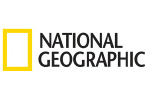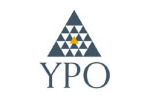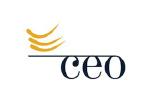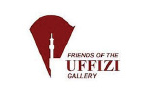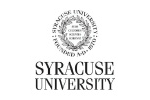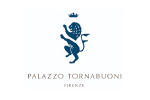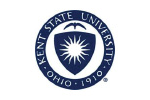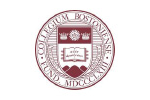
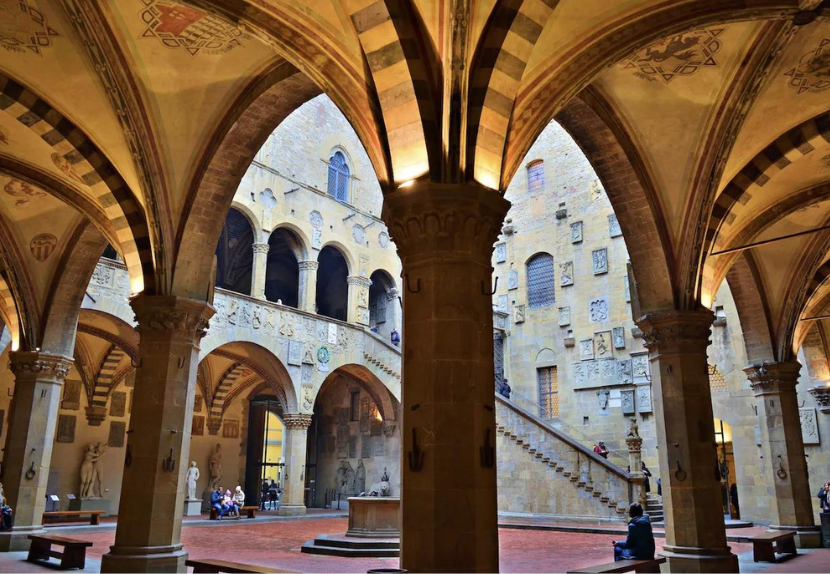
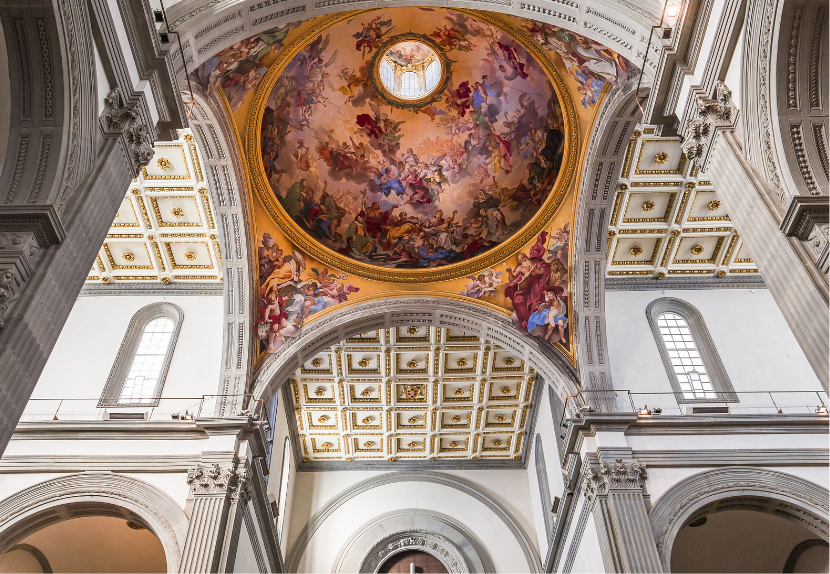
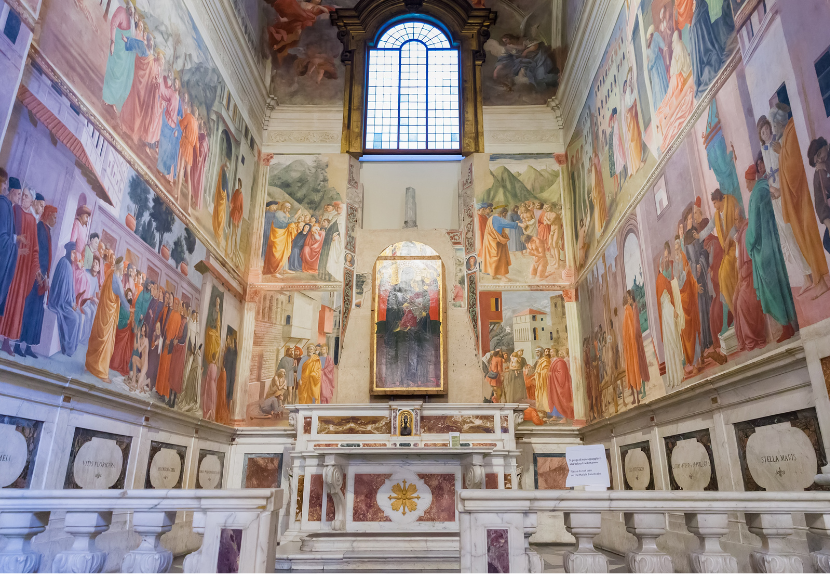
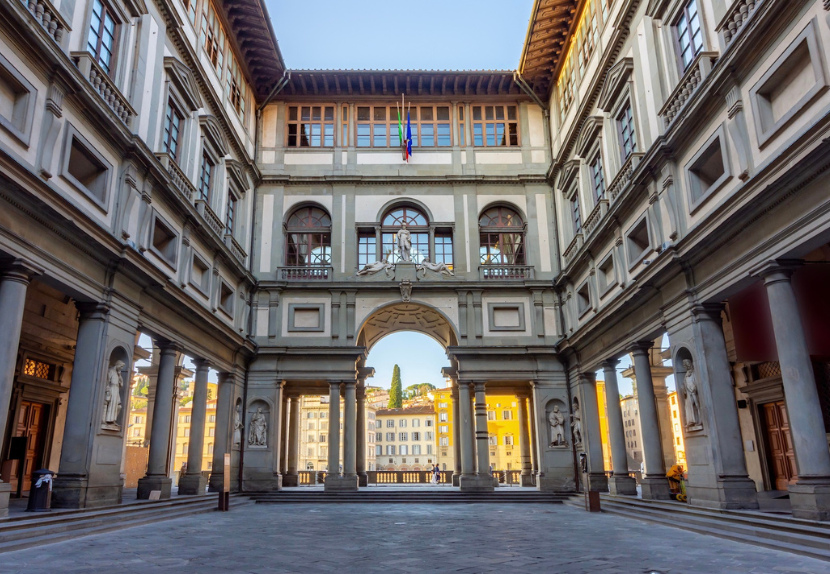
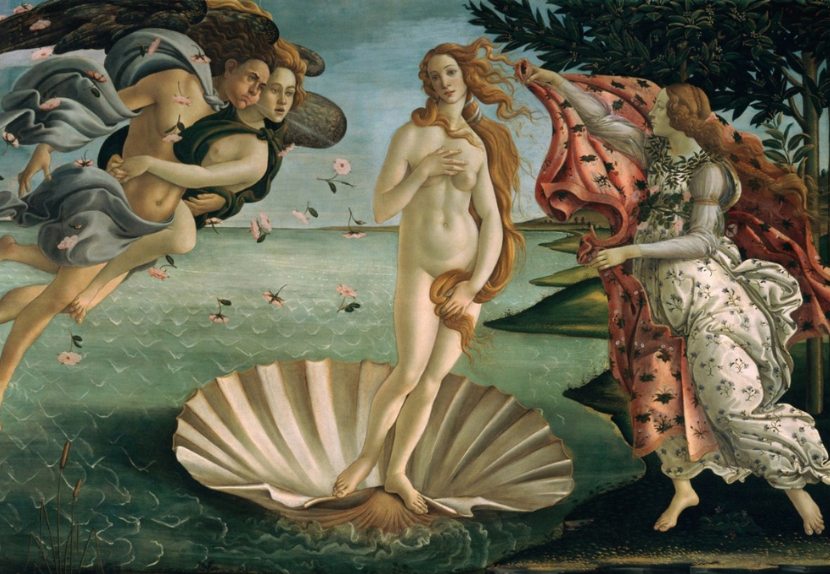
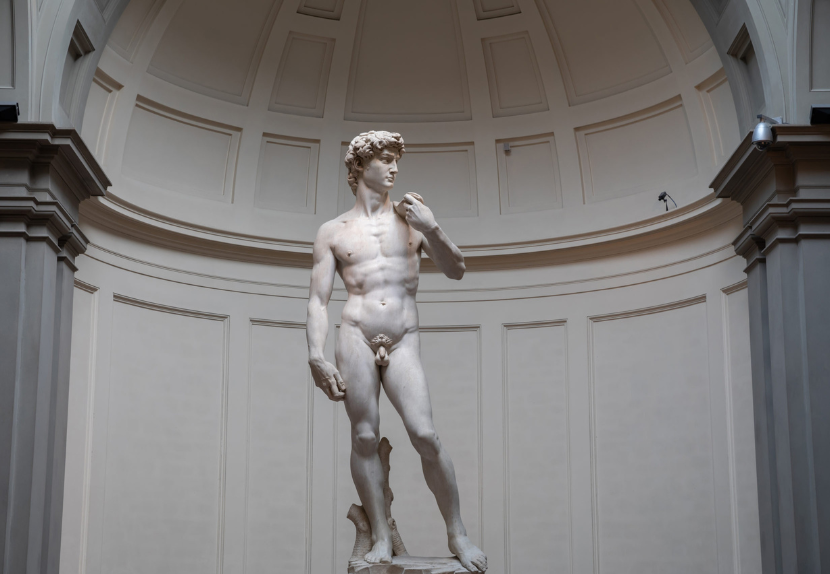
ONLINE ART HISTORY COURSE
“The Golden Age of Florence (1300-1500)” Part II
LIVE ART HISTORY COURSE with Dr. Rocky Ruggiero
Dates & Times:
Mondays & Wednesdays
Part 2: September 8, 10, 15, 17, 22, & 24, 2025
11:30am – 12:45pm ET | 8:30 – 9:45am PT |
4:30 – 5:45pm London
ONLINE ART HISTORY COURSE
“The Golden Age of Florence (1300-1500)” Part II
Course Description:
Florence, Italy, was the cradle of the Renaissance and the birthplace of the modern world. From Dante to Leonardo Da Vinci and Michelangelo, this central Italian town produced the greatest concentration of artistic genius in history. The legacy of this creative explosion is still very much present in the city. Whether it is Brunelleschi’s crowning dome above the titanic cathedral, Ghiberti’s stunning golden doors known as The Gates of Paradise, Botticelli’s beautiful painting of the Birth of Venus or Michelangelo’s unrivaled statue of David, beauty and inspiration are found in every corner of this open-air museum that is Florence. This online course will tell the story of Florence through its art, architecture and history – a story that is simply magnificent!
Course Objectives:
Virtual Classroom: Full access to an online educational platform with videos of recordings, syllabus, and readings.
Credits: Certificate of Completion
Location: LIVE INTERACTIVE ON-LINE ART HISTORY LECTURES
Optional Readings:
Information will be provided 2 weeks before the start of the course.
Complete syllabus will be provided upon registration.
Part 2
Lecture 1 – Donatello and Early Renaissance Sculpture at the Bargello
Monday, September 8
The Bargello Museum houses what is arguably the world’s greatest collection of Renaissance sculptures. Renaissance art expert Dr. Rocky Ruggiero delves into the history of the 13th-century building that houses the collection as well as the sculptural masterpieces that it contains. Among them are the so-called “Competition Panels” by Lorenzo Ghiberti and Filippo Brunelleschi depicting the sacrifice of Isaac, Donatello’s marble and bronze statues of “David” and “St. George,” Verrocchio’s “David,” and Michelangelo’s first commissioned sculpture, the “Bacchus.”
Lecture 2 – Brunelleschi, the Medici and Early Renaissance Architecture
Wednesday, September 10
This lecture will examine the important role of the Medici family in the history of Florence. The Medici imposed de facto rule on the city from 1434 until their exile in 1494 and controlled the city’s political, economic and artistic policy. Their power and patronage are best expressed in their unofficial “official” church of San Lorenzo, which was designed by the visionary Filippo Brunelleschi and is celebrated as the first-ever Renaissance style church. The Medici also commissioned the construction of the first-ever Renaissance style family palace which became the model for domestic Renaissance architecture for centuries after.
Lecture 3 – Early Renaissance Painting in Perspective: Masaccio’s Brancacci Chapel and the “Holy Trinity”
Monday, September 15
This lecture will examine the frescoes in the Brancacci chapel in the church of Santa Maria del Carmine that clearly demonstrate the evolution from Gothic to Renaissance style painting. Here the painters Masaccio, Masolino and Filippino Lippi worked side by side to create one of the defining decorative spaces of the Renaissance. We will then move on to the church of Santa Maria Novella to view one of the most important paintings of all time – Masaccio’s Holy Trinity. This is the first painting to ever make use of the tool known as linear perspective and demonstrated the Renaissance had indeed surpassed the limits of Classical painting.
Lecture 4 – Masterpieces of the Uffizi Galleries (Part 1) – Medieval Painting
Wednesday, September 17
The Uffizi Galleries house the world’s most important collection of medieval and Renaissance Italian paintings, with major works by artists such as Giotto, Simone Martini, Piero della Francesca, Fra Lippo Lippi, Botticelli, Leonardo da Vinci, Michelangelo, Raphael, and Caravaggio. This lecture will examine the evolution of painting from the early-14th to the mid-15th century, as reflected in the late-medieval and early Renaissance paintings housed in this great museum.
Lecture 5 – Masterpieces of the Uffizi Galleries (Part II) – Renaissance Painting
Monday, September 22
This lecture will focus specifically on the evolution of painting from the late 15th to the middle of the 16th centuries as reflected in the early and high Renaissance paintings housed in this great museum. We shall also analyze several examples of Mannerist paintings.
Lecture 6 – Michelangelo and “The David”
Wednesday, September 24
Michelangelo’s statue of the David has been described as the greatest expression of sculpture of all time. Standing 17’1’’ tall and weighing just over 5 tons, the sheer scale of the statue is breathtaking. Yet, there is much more to this sculpture than just its size. His near anatomical perfection, his civic value as a symbol of the great Florentine Republic, as well as the dramatic narrative tension that Michelangelo imbues in the statue all contribute to its extraordinary quality. This lecture will explore the history, iconography and importance of the sculpture that probably best defines the Renaissance and the great artist who produced it.





